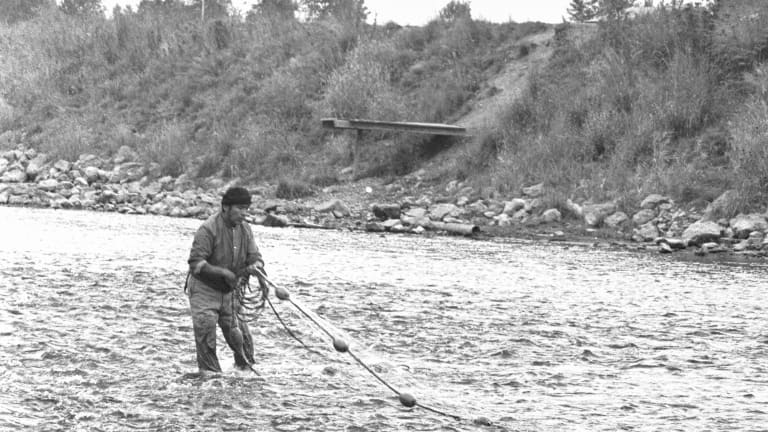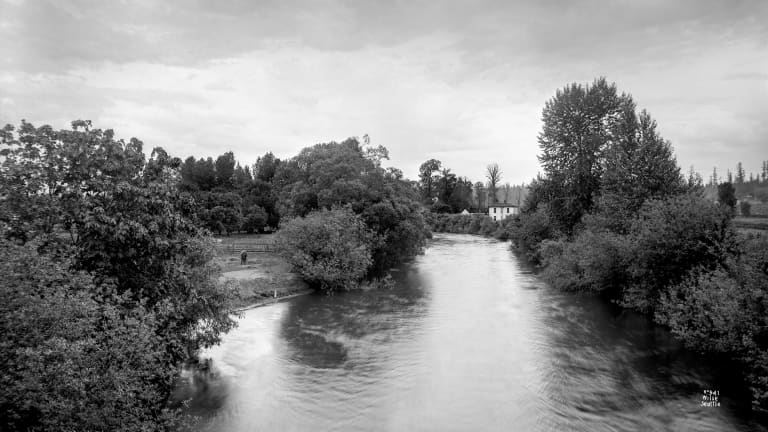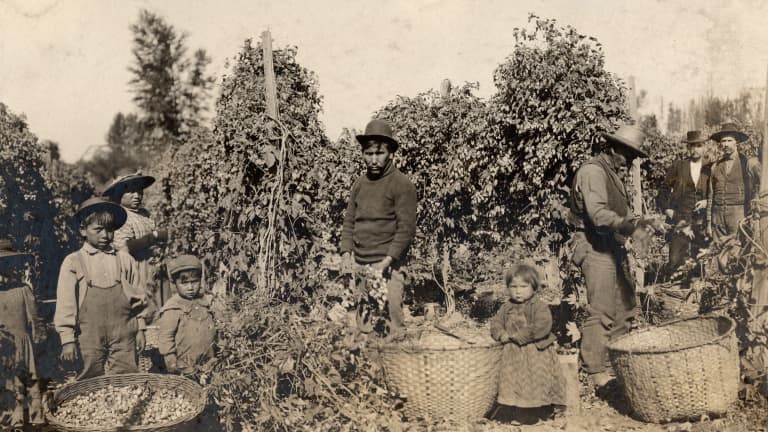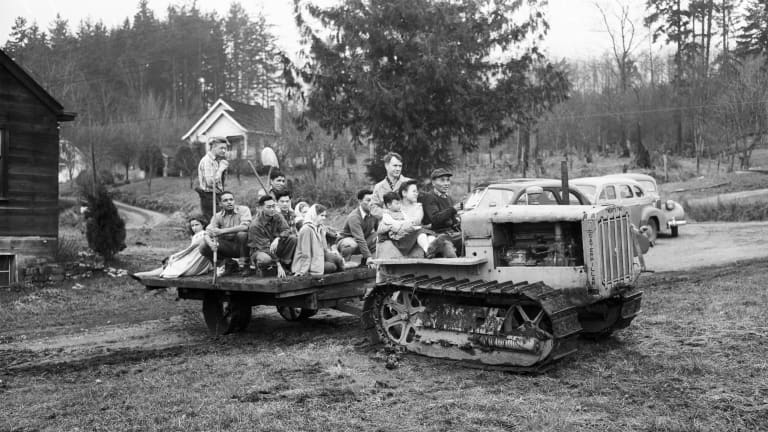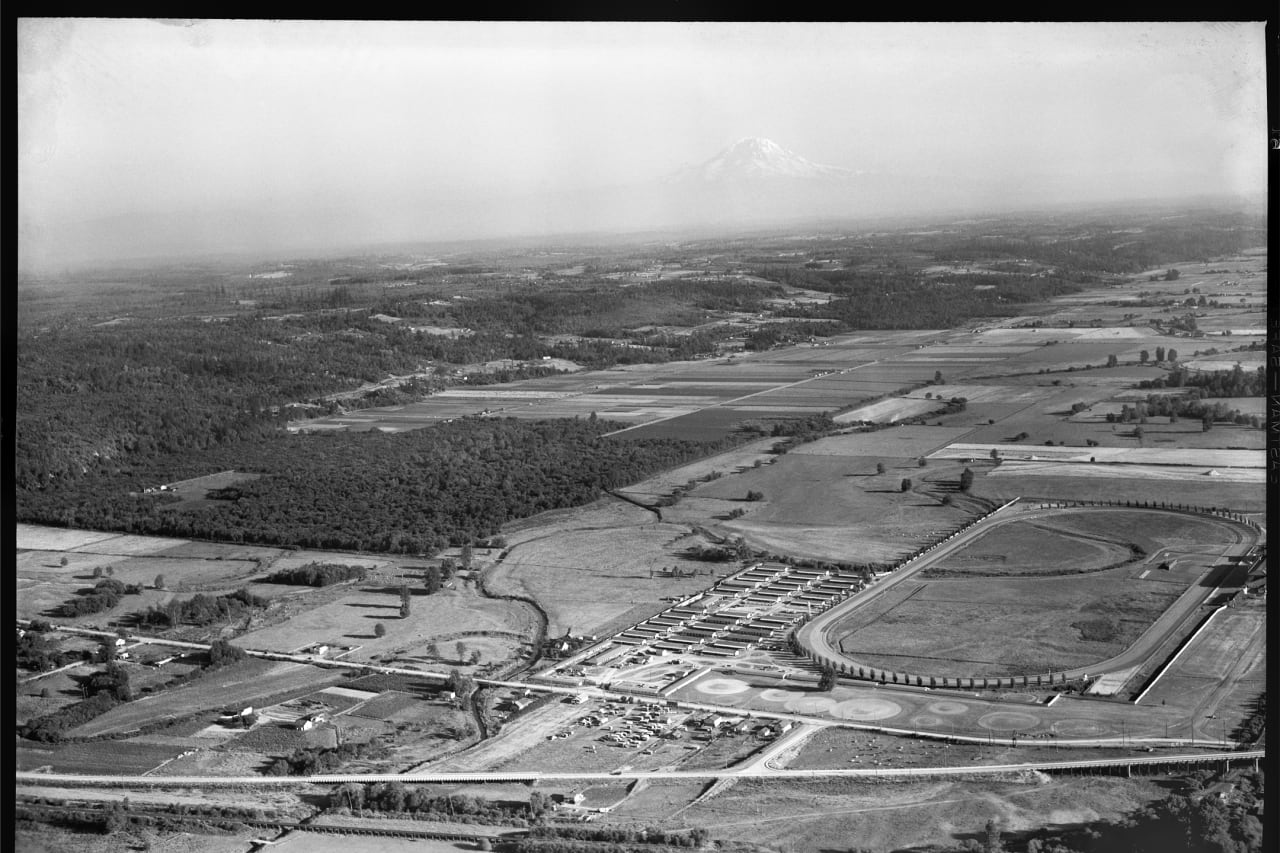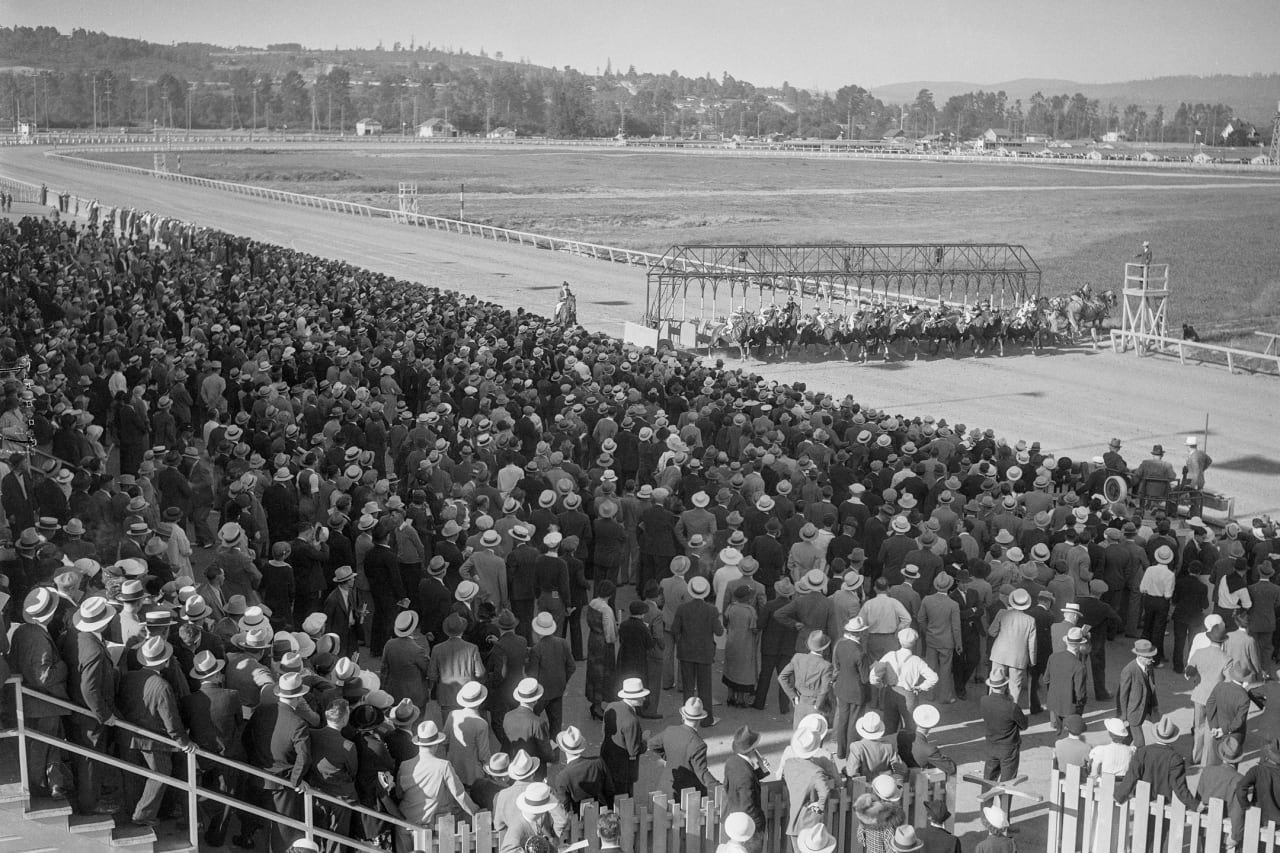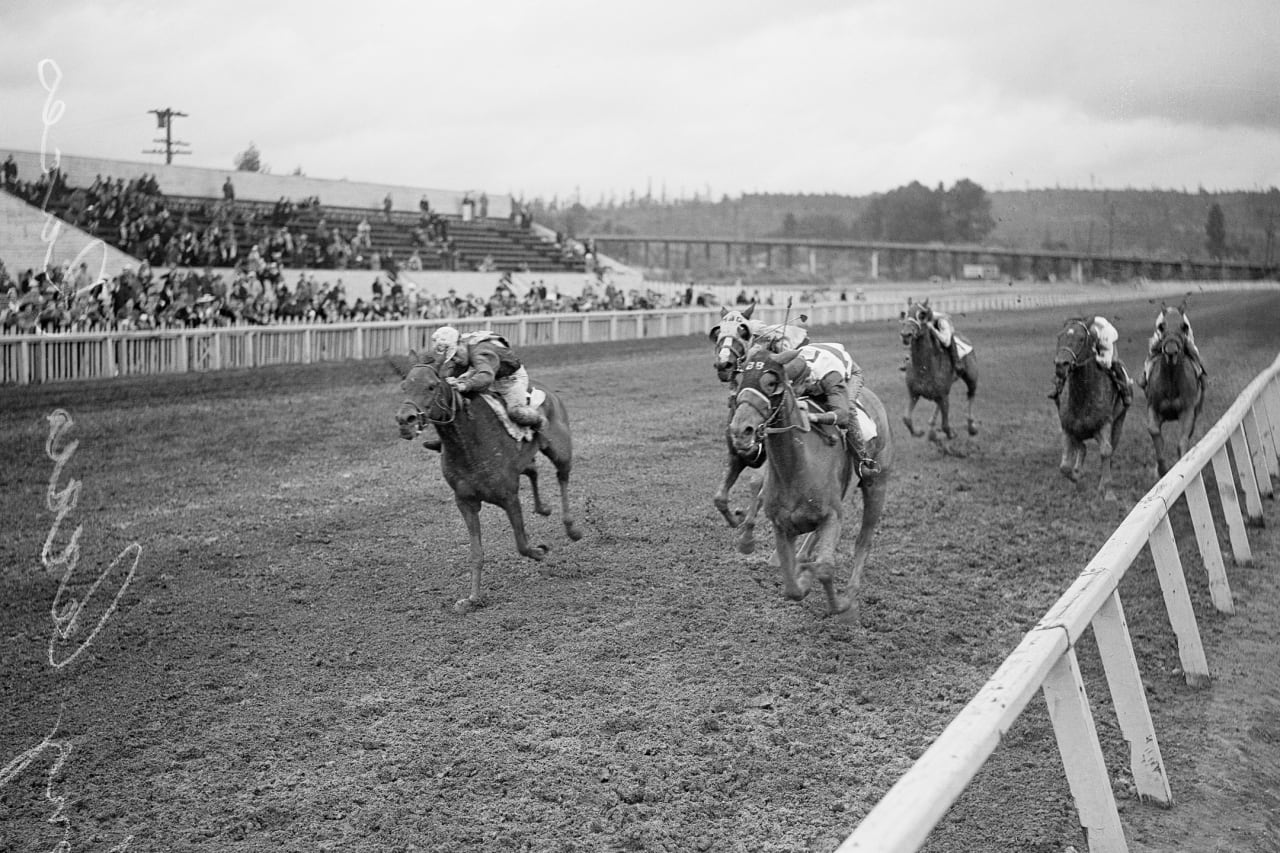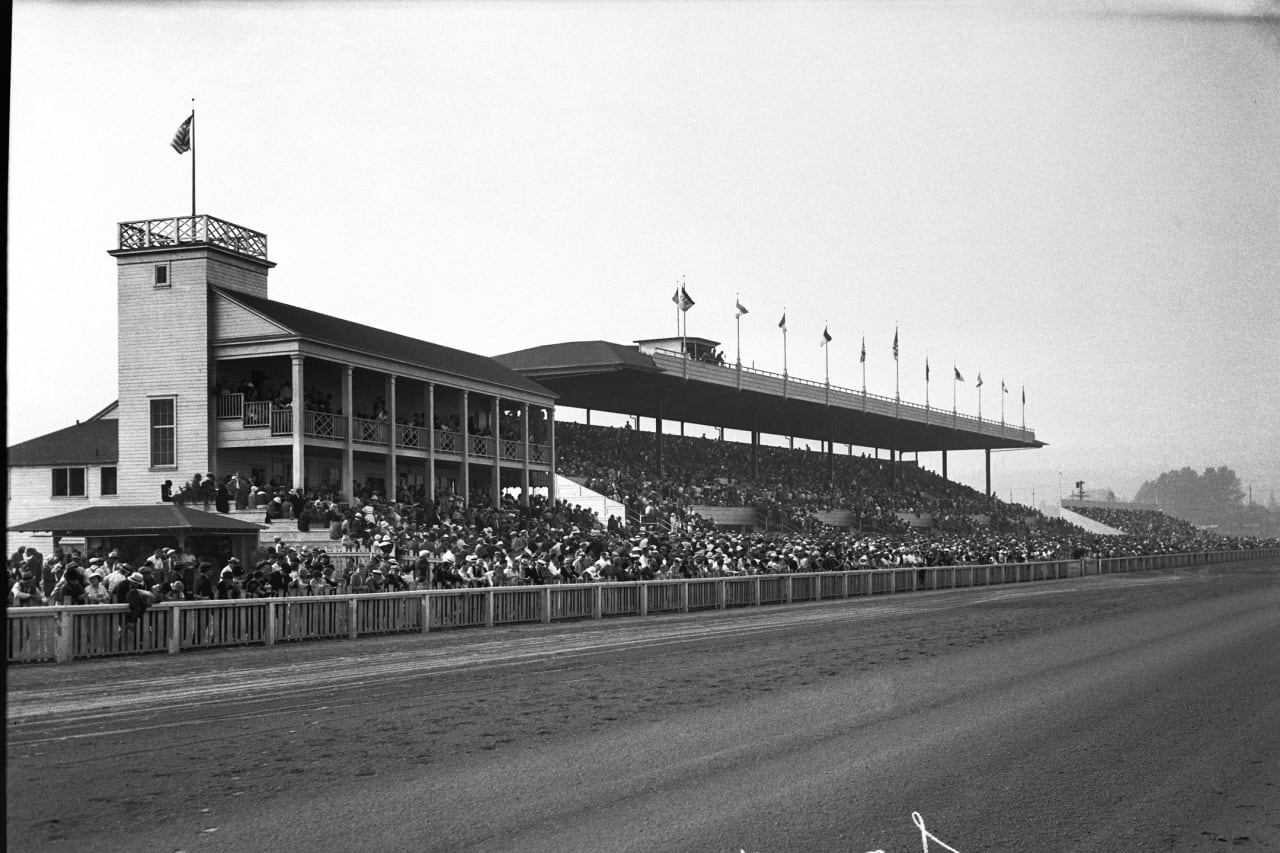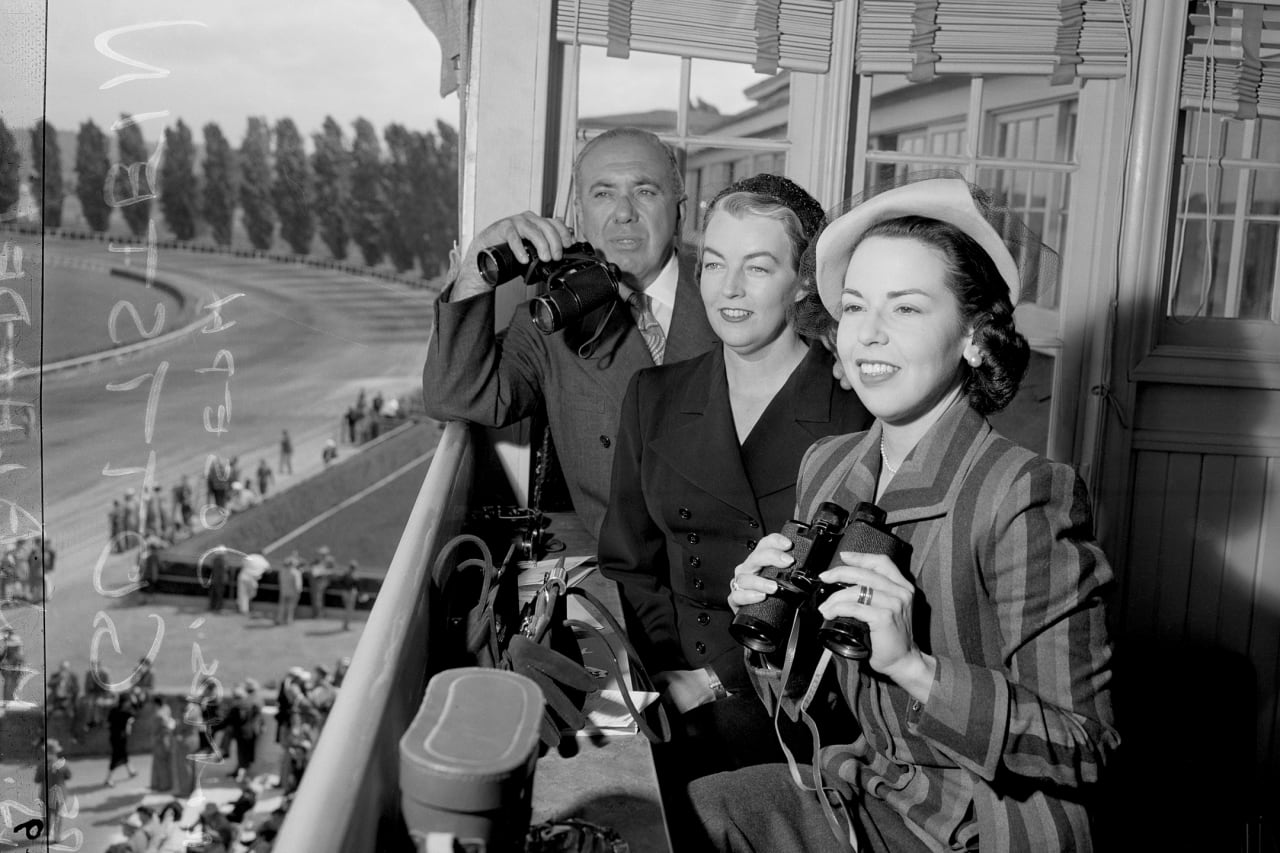A notable South End location that has a long and varied history, the site has spanned all eras of the Puget Sound story. From the origins of the Duwamish people and related Coast Salish groups from time immemorial, to the immigrant farming communities led by Japanese Americans and Filipino Americans that called the area home in the late nineteenth and early twentieth centuries, onto the famous racetrack that produced the location’s moniker and operated from 1933 through 1992, the Providence Swedish Performance Center & Clubhouse site represents all the eras of Puget Sound history. Most recently, aerospace giant Boeing operated the campus as its global headquarters for roughly three decades, concluding its stewardship of the property last year.
For thousands of years, the site of the Providence Swedish Performance Center & Clubhouse has been home to the Duwamish, or “the people of the inside,” along with related Coast Salish peoples, whose rich culture was grounded in a sustainable relationship with the abundant natural resources located within the valley. This included village and seasonal sites on the Black, Cedar and Green Rivers, which all merged into the Duwamish and ultimately Puget Sound. Though the courses of these rivers would be changed by human engineering in modern times, the waterways are a key piece of the area’s identity, originally centered upon Duwamish social structures and cultural exchange.
At the end of the nineteenth century, the arable lands near today’s campus attracted many settlers, and the area became home to a growing population of Japanese, Filipino, European and other immigrant communities. This trend continued throughout the boom of the Industrial Revolution at the beginning of the twentieth century, and in 1902 the Seattle-Tacoma Interurban Railway was built through the Duwamish Valley south toward Tacoma’s Commencement Bay, leading to increased settlement surrounding Longacres and laying the groundwork for mid-century urbanization.
The Longacres racetrack was a direct result of this expansion, built upon former pasture lands in 1932 during the Great Depression. Operating until the early 1990s, the track was known for its Longacres Mile handicap and majestic views of Tahoma (Mount Rainier). Longacres served as the home of thoroughbred horse racing in Western Washington and, at the time of its closing, was the longest continually operated track on the West Coast. Boeing then purchased the property, which served as the aviation leader’s headquarters for its Commercial Airplanes division from 1995 through 2021.
Sounders FC’s development of a portion of the 150-acre campus provides a new steward for the land, led by another deeply rooted cultural institution of the Pacific Northwest in the Sounders.



